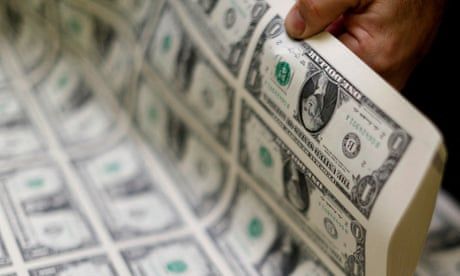
An economist explains how money shaped civilisation from 18,000BC to the present day via King Midas and Darwin
Money – or the lack of it – was central to the Victorian novel. Think of Mr Micawber in David Copperfield banged up in a debtors’ prison waiting for something to turn up. Or Augustus Melmotte, the crooked financier in Trollope’s The Way We Live Now. Plots invariably involved wills, the dowry of an heiress, or the collapse of get-rich-quick Ponzi schemes. They knew how to keep the reader gripped back then.
Popular nonfiction books about money, by contrast, are something of a rarity. John Maynard Keynes’s masterwork – The General Theory of Employment, Interest and Money – is like James Joyce’s Ulysses: a book finished by only a small percentage of those who start it. Adam Smith’s Wealth of Nations falls into the same category. As, more recently, does Thomas Piketty’s Capital in the 21st Century, an unexpected bestseller. Economics books are rarely page turners, in large part because most economists aren’t exactly stylists.
Continue reading...